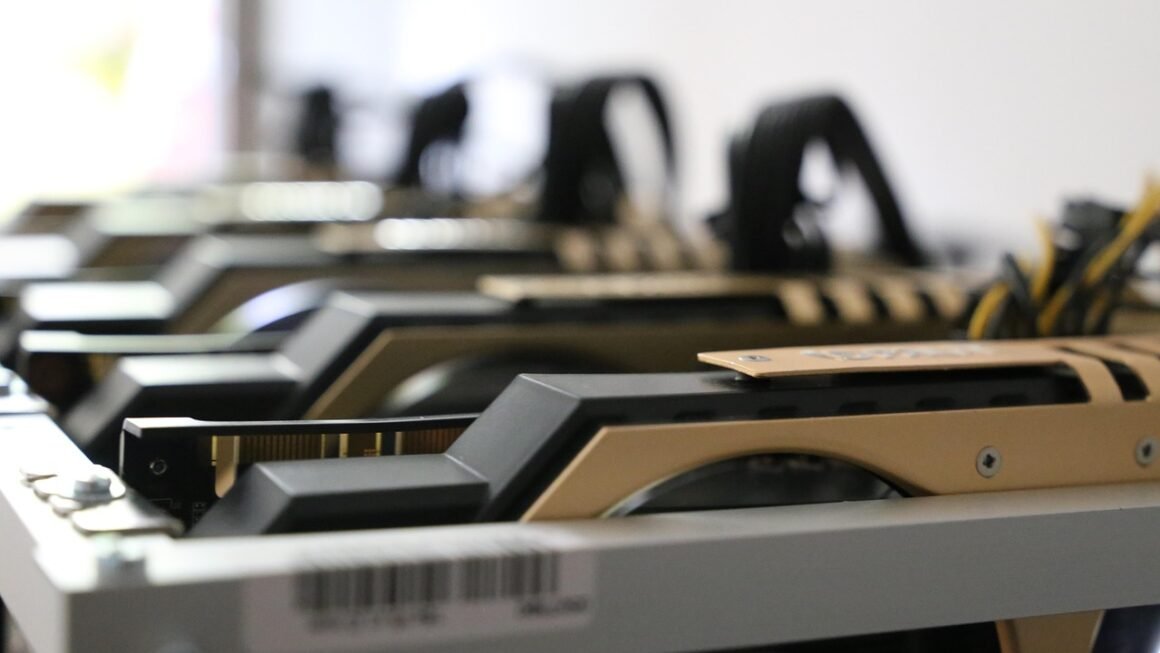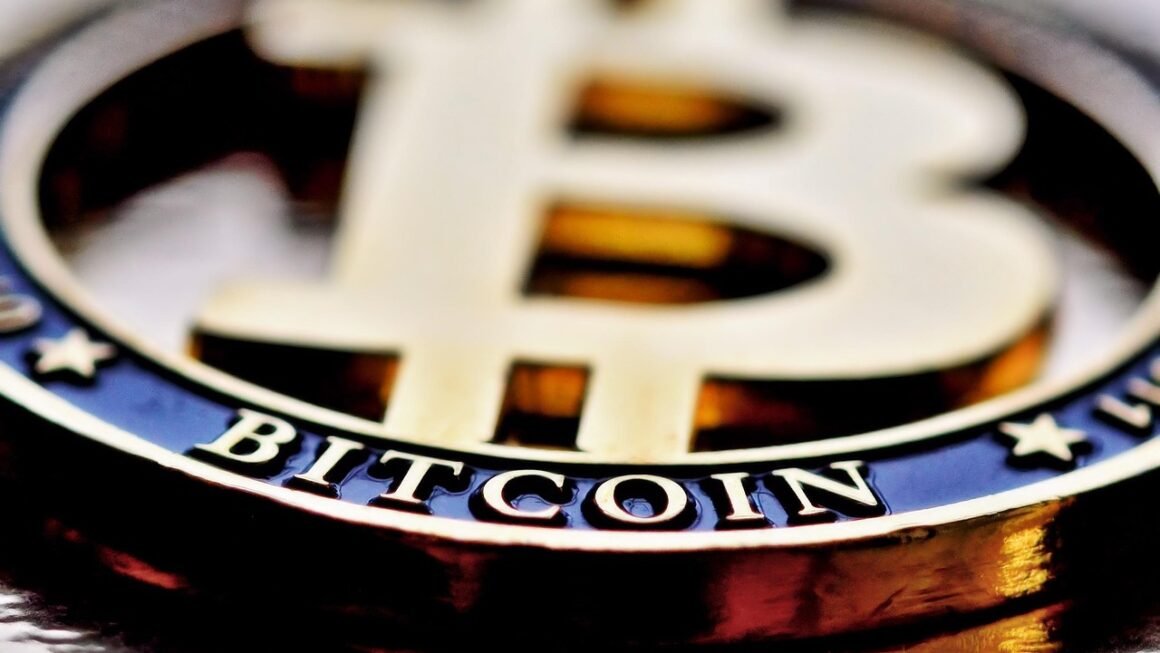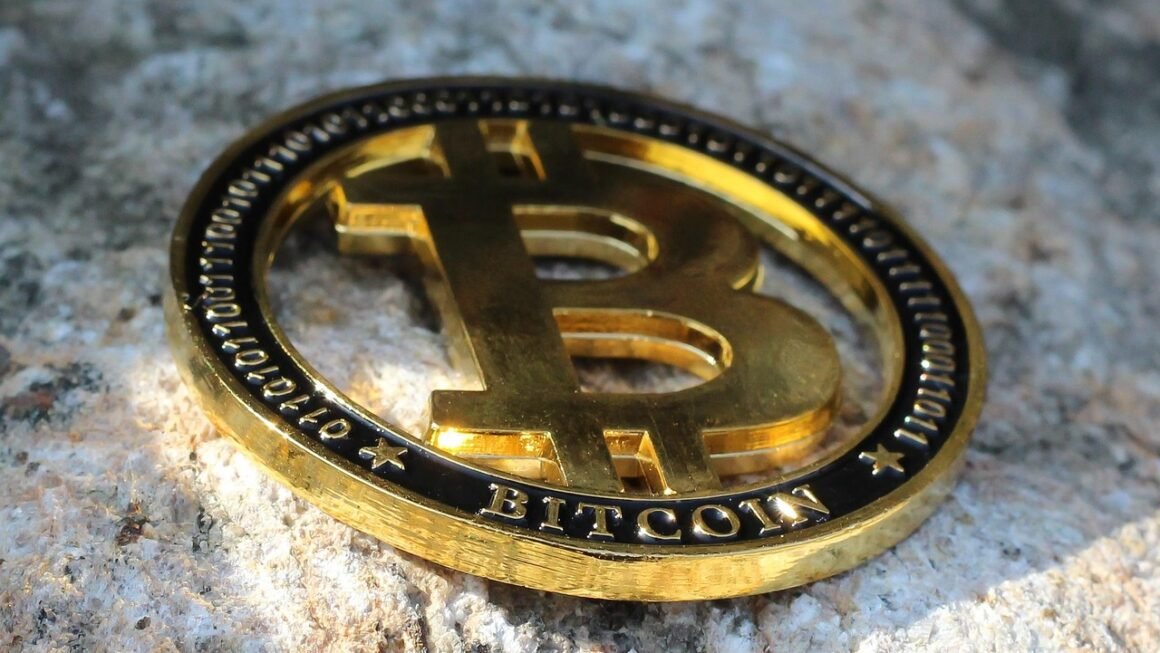Tokenization is rapidly transforming industries, from finance and real estate to art and intellectual property. It’s a powerful concept that’s making previously illiquid assets more accessible and creating entirely new investment opportunities. This blog post delves into the world of tokenization, exploring its principles, applications, benefits, and the future it holds. Let’s unlock the potential of tokenized assets together.
What is Tokenization?
The Core Concept
Tokenization, at its simplest, is the process of representing a real-world asset as a digital token on a blockchain. Think of it as creating a digital “share” of something valuable. This asset could be virtually anything:
- Real estate property
- Shares in a company
- Fine art
- Commodities like gold or oil
- Intellectual property rights
- Even carbon credits
These digital tokens can then be bought, sold, and traded on blockchain platforms, making them more liquid and accessible to a wider range of investors. The underlying asset serves as collateral, backing the value of the token.
How it Works
The tokenization process typically involves several key steps:
Security Tokens vs. Utility Tokens
It’s important to distinguish between security tokens and utility tokens:
- Security Tokens: These tokens represent ownership or equity in an asset and are subject to securities regulations. Think of them as digital shares.
- Utility Tokens: These tokens provide access to a specific product or service within a particular ecosystem. They are not necessarily investments but rather grant access to functionalities.
Benefits of Tokenization
Increased Liquidity
Tokenization unlocks liquidity for traditionally illiquid assets. For example, selling a fraction of a property through tokenization is far easier and faster than selling the entire property outright.
- Real estate can be divided into smaller, more affordable units.
- High-value art can be made accessible to a wider range of investors.
Enhanced Accessibility
Tokenization democratizes investment opportunities by lowering the barrier to entry.
- Smaller investors can participate in deals previously only available to wealthy individuals or institutions.
- Global accessibility opens up markets to investors worldwide.
Improved Transparency
Blockchain technology provides a transparent and immutable record of ownership and transactions.
- Reduces fraud and manipulation.
- Increases trust between parties.
Greater Efficiency
Tokenization streamlines processes and reduces administrative overhead.
- Faster settlement times compared to traditional asset transfers.
- Reduced paperwork and manual processes.
- Lower transaction costs.
Fractional Ownership
Tokenization enables fractional ownership, allowing investors to own a portion of an asset rather than the entire thing.
- Diversification of portfolios becomes easier and more affordable.
- Allows investment in assets that were previously unattainable due to high costs.
Applications of Tokenization
Real Estate Tokenization
Tokenizing real estate allows fractional ownership of properties, making it more accessible to investors. Imagine investing in a high-value property for just a few hundred dollars. Platforms are emerging that facilitate this, handling the legal complexities and ensuring compliance.
- Example: A luxury apartment building can be tokenized, allowing investors to purchase a share and receive rental income proportionally.
Art Tokenization
High-value artwork can be tokenized, making it easier for collectors and investors to buy, sell, and trade pieces.
- Example: Masterworks, a platform that allows investors to buy shares in iconic artworks.
Financial Instruments Tokenization
Tokenizing traditional financial instruments like bonds, stocks, and derivatives can streamline processes and reduce costs.
- Example: Security tokens representing shares in a startup company.
Intellectual Property Tokenization
Tokenizing patents, copyrights, and trademarks can create new avenues for monetization and licensing.
- Example: A musician can tokenize the rights to their music, allowing fans to invest and earn royalties.
Supply Chain Tokenization
Tokenizing goods and assets in the supply chain can improve transparency and traceability.
- Example: Tracking the origin and movement of coffee beans from farm to cup.
Challenges and Considerations
Regulatory Uncertainty
The regulatory landscape surrounding tokenization is still evolving. Different jurisdictions have varying approaches to classifying and regulating tokens.
- Staying informed about the latest regulations is crucial.
- Seeking legal advice is essential to ensure compliance.
Security Risks
Blockchain technology is generally secure, but smart contracts and token platforms are vulnerable to hacking and exploits.
- Thoroughly auditing smart contracts is essential.
- Implementing robust security measures is paramount.
Valuation Challenges
Determining the fair market value of underlying assets can be challenging, especially for illiquid assets.
- Professional appraisals and valuations are often necessary.
- Transparency and accurate data are crucial for building trust.
Adoption Barriers
Widespread adoption of tokenization requires overcoming inertia and educating investors and institutions.
- Raising awareness and educating the public about the benefits of tokenization is key.
- Developing user-friendly platforms and interfaces is essential.
Conclusion
Tokenization is a groundbreaking technology with the potential to revolutionize numerous industries by making assets more liquid, accessible, and transparent. While challenges remain, the benefits are significant. As the regulatory landscape clarifies and technology matures, we can expect to see wider adoption of tokenization and the emergence of new and innovative applications. The future of finance and asset management is undoubtedly being shaped by this powerful technology.



